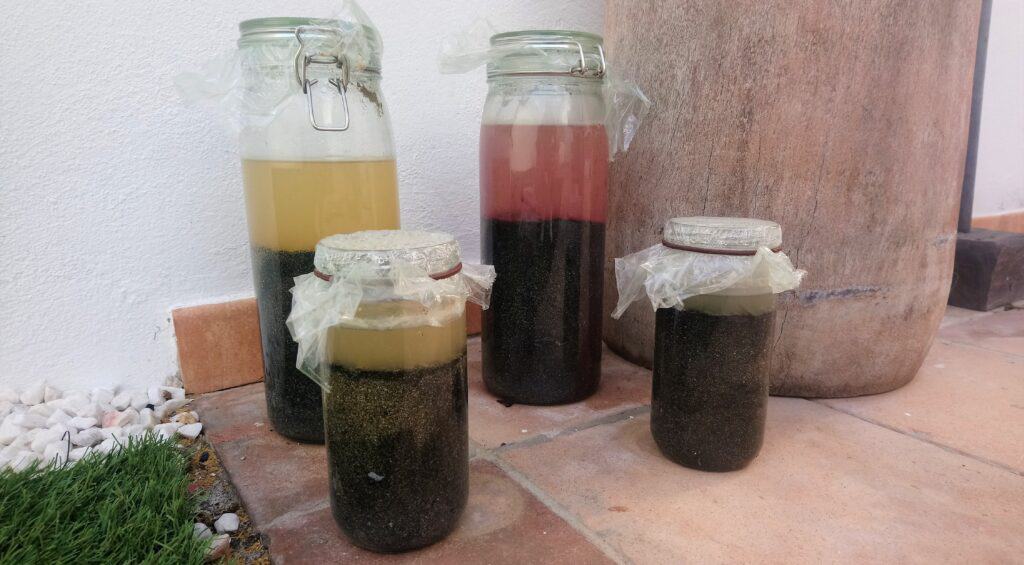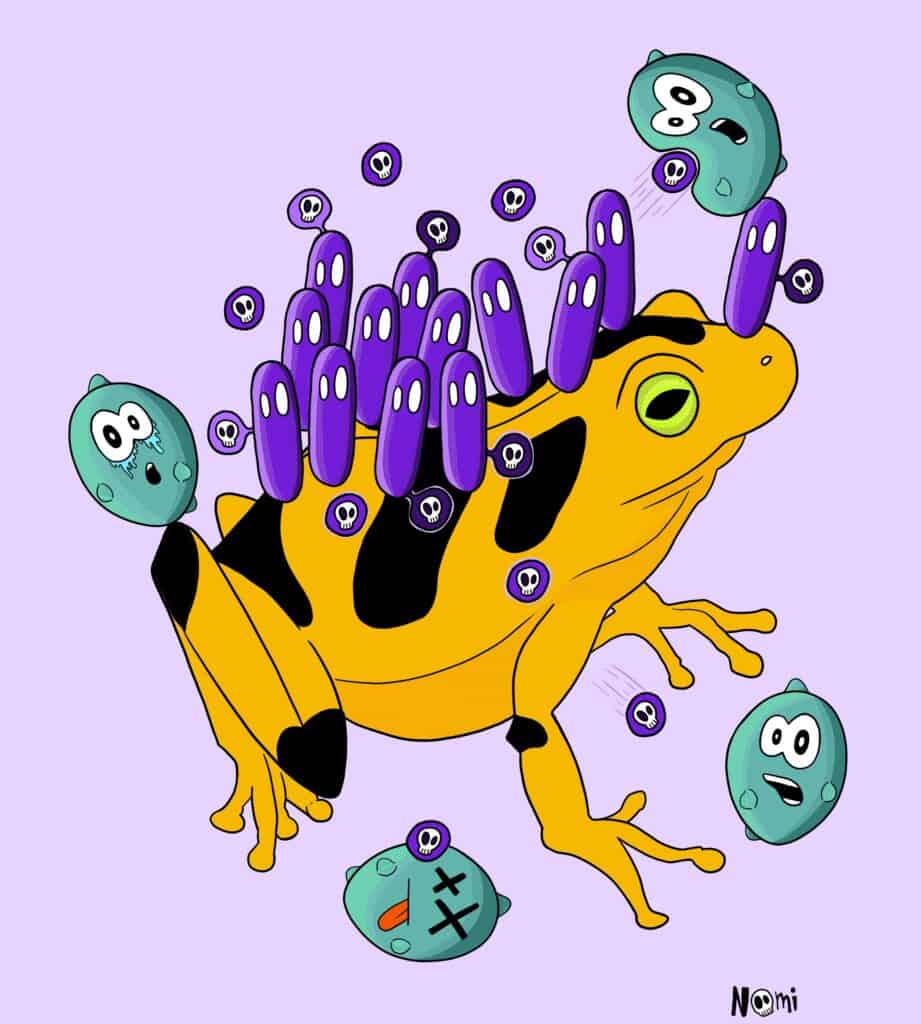It seems that on my little island paradise, Winter is over as we only see sunshine these days. This completely warms my heart. So I do spend a lot of time at the beach these days and even take my thinking breaks to the sand now.
The microbes in my Winogradsky columns also seem to enjoy the warm temperatures and develop some really cool colours. Any guesses as to what kind of microbes are growing in there?

But let’s have a look at what we published this month and at some interesting articles I wanted to share with you.
For microbe lovers
Last week was World Tuberculosis Day to mark the day Robert Koch discovered Mycobacterium tuberculosis. So, on the FEMSmicroBlog, we had a great article about the challenges that we still face in the fight against this deadly bug.
On BacterialWorld, we introduced two super cool bacteria and their superpowers: Caulobacter crescentus and its ability to produce the strongest glue known in microbes. The second superhero bacterium is Janthinobacterium lividum, because it produces a colourful antibiotic to protect frogs from deadly fungi. As always, the illustrations are done by the amazing Noémie Matthey.

And if you want to see what a scicomm project as a video could look like, check out the video I just recorded for our new video platform STEMcognito. Yes, I overcame my discomfort of having to listen to my own voice. I recorded a presentation for everyone to learn more about some fascinating bacterial nanoweapons.
For academics
If you are still not convinced that science communication is for you, read this research study from the Alan Alda Centre for Communicating Science. It states that we are in urgent need of the work of science communication training organisations. The authors argue that we need to provide scientists with the right skills to communicate their research outside of their fields. They also highlight three successful training programs for scientists to engage their audiences. You can read the summary of the publication in this article “Communication centers are in a unique position to help scientists bridge science and society“. Make sure to contact me if you feel they are right and you want to improve your science communication skills.
Are you writing your next research article or a blog post about your recent paper? Do you generally pay attention to the verbs you use? You certainly should! Verbs are the most powerful part of every sentence and unfortunately in academic writing, they are often misused. Therefore, I compiled a list of tips of how you can improve your science or academic writing just by using better verbs. Read the article here:
For science communicators
Have you thought of starting your own science communication project in form of a website or blog? Together with SciRio, I will give a 3-part webinar to get you started with your own website. In these webinars, we will go through the whole process of setting up your domain, website and blog content. This aims to help you bring your scientific wisdom out into the world.

If you think about starting a career in science communication, have a look at the recent discussion panel at Flemingo. Together with the two science communicators, Joel Hornby and Dr. Jakob Morath, I chatted about how to get started in science communication and what sense of freedom and accomplishment this career path can bring you.
In this video, Andy Extance, chair of the Association of British Science Writers, explains the underlying chemical mechanisms of what engages readers. He argues that communicating is all about psychology. Psychology is all about what’s going on in your neurons – which ultimately all comes down to chemistry. Watch this video to learn more about how to better engage your audience with your communication efforts.
Thanks for following MicroComms!
Thanks for following my adventures as a science writer and business owner and for your nice comments and replies. If you want to discuss anything about science communication or microbiology or a mix of these two, let me know in the comment section below or send me an email.


